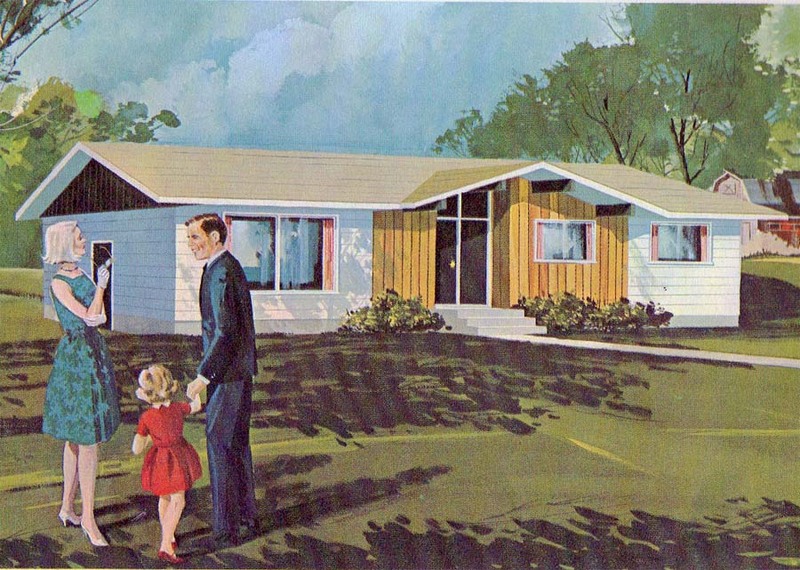Domestic Life
Within this archive, we aimed to look deeper and critically think about modern furniture serves an indicator of mid-century values based on who the piece was designed for and its intent. In doing so, we can reflect on how the design and marketing of the objects and furniture of this time played a role in the way people think of themselves and others, especially in gendered ways; and how these designs promoted the construction of American gender normativity.
Through acknowledgment of the American culture and context in which postwar modernist furniture was created, we can make connections between who modernist furniture was designed for and why it was designed in such a way. Modernist furniture and appliances provide visible evidence of how gender was integrated into the design of domestic products from the 1940s to the 1960s. By critically evaluating why an object looks a certain way and how it is marketed, several American dynamics and cultural values of this era can be uncovered. In the 50s, media and products for women were “largely focused on the domestic sphere, in contrast to men who work outside of the home (Wilson, 2021, p. 7).” American suburban life was portrayed as a place where women could find a sense of community and “fill a void,” while her husband traveled for work. In fact, there is astonishingly little evidence of media and popular literature produced in this decade encouraging men to engage in household tasks like cooking and cleaning (Wilson, 2021, p. 7). Evidently, the experience of modernist design for women placed new demands and expectations, and constant pressure to improve upon themselves and their home, further promoting gender norms within the home.
